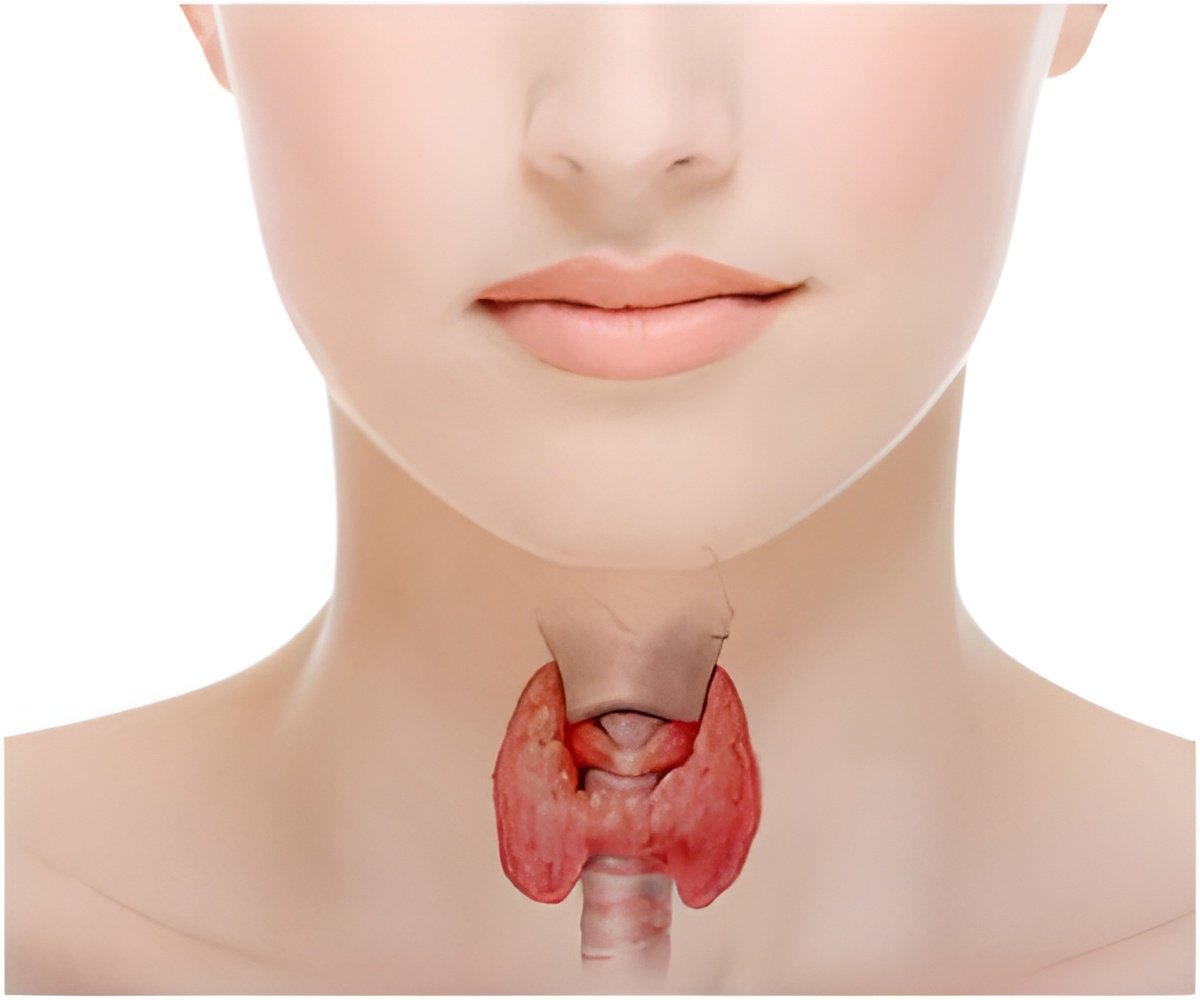The earliest reports of iodine deficiency emerged from China, almost 5000 years ago. Nature came to the rescue in the form of sea weeds and many of those who ate sea weeds actually weeded out

Iodine deficiency is the main cause of avertable mental retardation and brain damage and an important reason for abysmal child survival rates. Equally well known is that, iodine deficiency causes goiters, while hampering growth and development. Pregnant women with iodine deficiency run an enhanced risk of miscarriages, stillbirths, and several other difficulties. Children who suffer Iodine deficiency disorder (IDD) may grow up dwarfed, mentally retarded, indifferent, and in the worst case even handicapped to the extent of normal movements, speech, or hearing.
Our body requires iodine for the production of hormones, secreted by the thyroid gland. Thyroid hormones are imperative for physical and mental growth. When the diet lacks adequate iodine, the thyroid gland is unable to produce the requisite thyroid hormone that the body needs. The relentless but fruitless effort of the thyroid gland to produce hormone, manifests as an enlargement known as ‘goiter’, which is the visible sign of iodine deficiency.
The dangerous consequences of IDD show up as abortion, stillbirth and mental retardation. This can be offset by ensuring that everyone, especially women of child-bearing age and young children, consume sufficient amount of iodine. Iodine consumption can be enhanced by encouraging a diet containing fish. Alternatively, Lugol, an iodine solution or iodine-containing tablets can be resorted to.
While the above mentioned methods do ensure intake of iodine, yet it is fraught with uncertainty, of consuming too little or too much iodine. A sure-shot way to prevent IDD is to ensure that everybody consumes iodized salt. Just eating iodized salt in place of non-iodized salt, in the usual quantities, is more than sufficient to prevent IDD. Further iodized salt does not cause harm to people who already consume sufficient iodine. Contrary to popular belief, sea salt does not contain adequate quantity of iodine.
The Food and Nutrition Board, Institute of Medicine, National Academy of Sciences, USA, has offered an ''Estimated Average Requirement”. These values form the basis of the recommended daily allowance. The recommendations for daily intake are as follows: the AI for infants 0-6 months is 110 mcg iodine and 7-12 months, 130 mcg; the RDA's are: 1-8 years old, 90 mcg; 9-13 years, 120 mcg; 14 and older, 150 mcg; pregnancy, 220 mcg; lactation, 290 mcg. The Food and Nutrition Board has also decided the upper limits of the daily iodine intake as 1.1 mg (1100 mcg) for adults, with balanced lower level for the younger lot.
Source-Medindia








